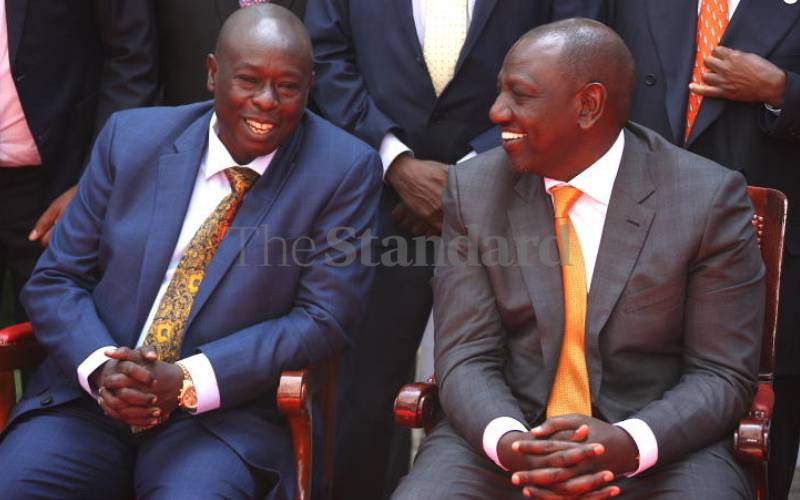×
The Standard e-Paper
Read Offline Anywhere

President William Ruto's reception in Nyanza, Raila Odinga's response, and the indirect contradiction regarding his deputy's narrative of Kenya as a shareholding entity should trouble Rigathi Gachagua to politically self-censor.
It should dawn on DP Gachagua that support from Luo Nyanza is always sweeter to Kenya's presidents than from 'friendly' regions. That is why whenever President Ruto contradicts Gachagua's political stand, a quick apology by the DP can help extend his political life expectancy.